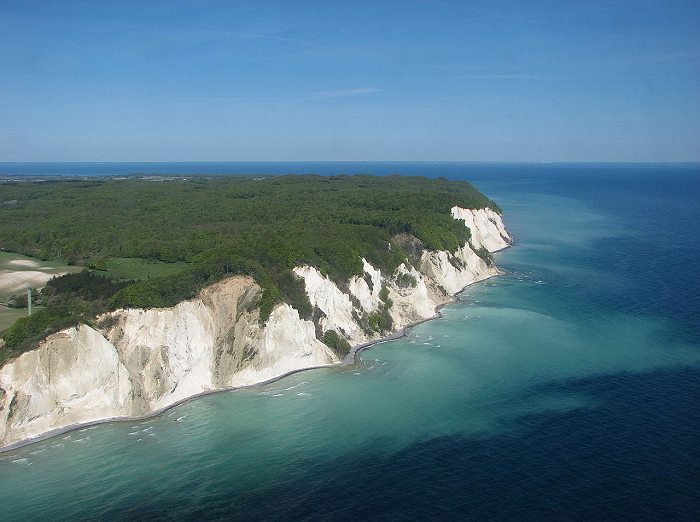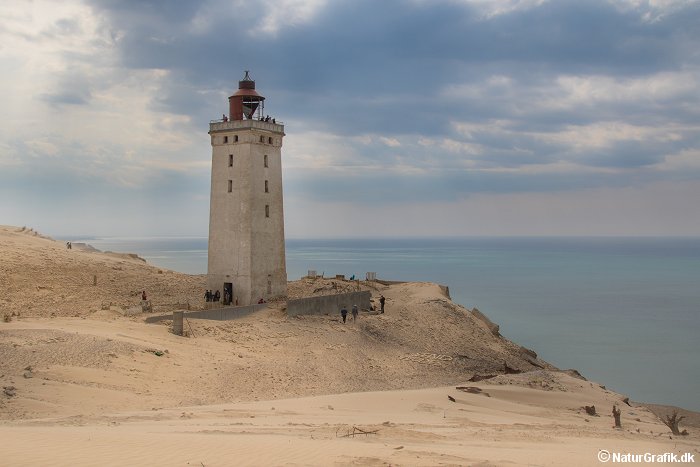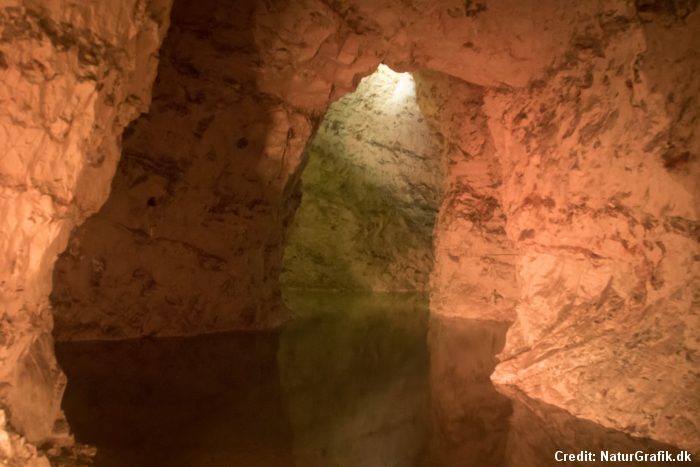The Cliffs of Møn

The Cliffs of Møn are a 6-7 km stretch of chalk cliffs along the eastern coast of the Danish island of Møn in the Baltic Sea.
Some of the cliffs fall a sheer 120 m to the sea below. The chalk forming the cliffs consists of the remains of shells from millions of microscopic creatures (coccolithophores) which lived on the seabed over 70 million years ago.
The area around Møns Klint consists of woodlands, pastures, ponds and steep hills, including Aborrebjerg which, with a height of 143 m, is one of the highest points in Denmark. The cliffs and adjacent park are now protected as a nature reserve.
Because of the special nature of the chalky soil, there are many rare plants in the area, particularly several varieties of orchid which are at their best in early summer.
There are clearly marked paths for walkers, riders and cyclists. The path along the cliff tops leads to steps down to the shore in several locations.
In the recent years, the peregrine falcon, the World’s fastest birds, has been breeding at the steep cliffs.
Sources: moensklint.dk, Wikipedia.












